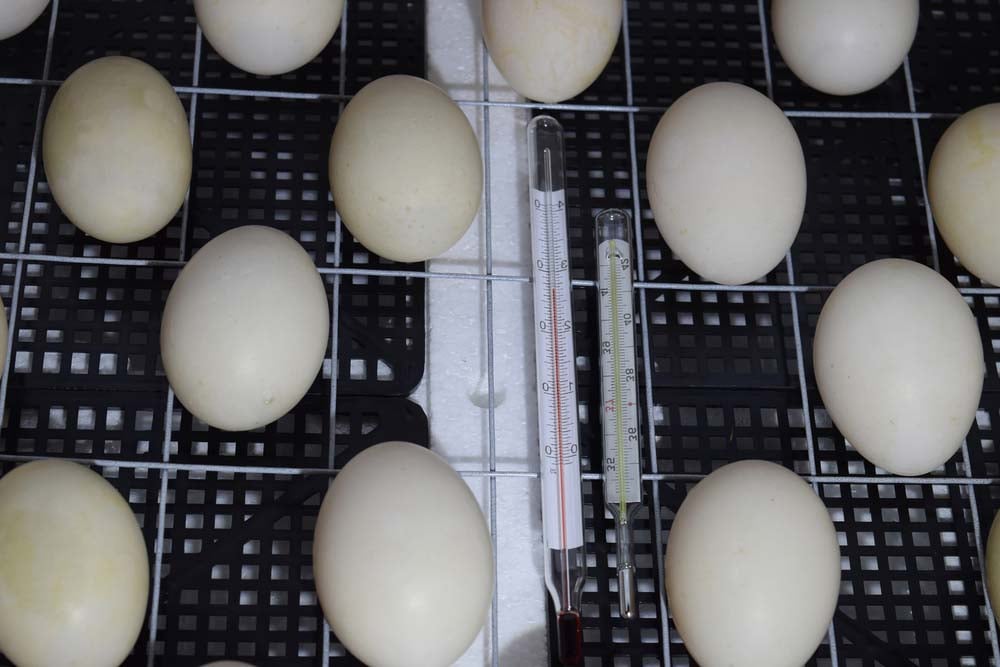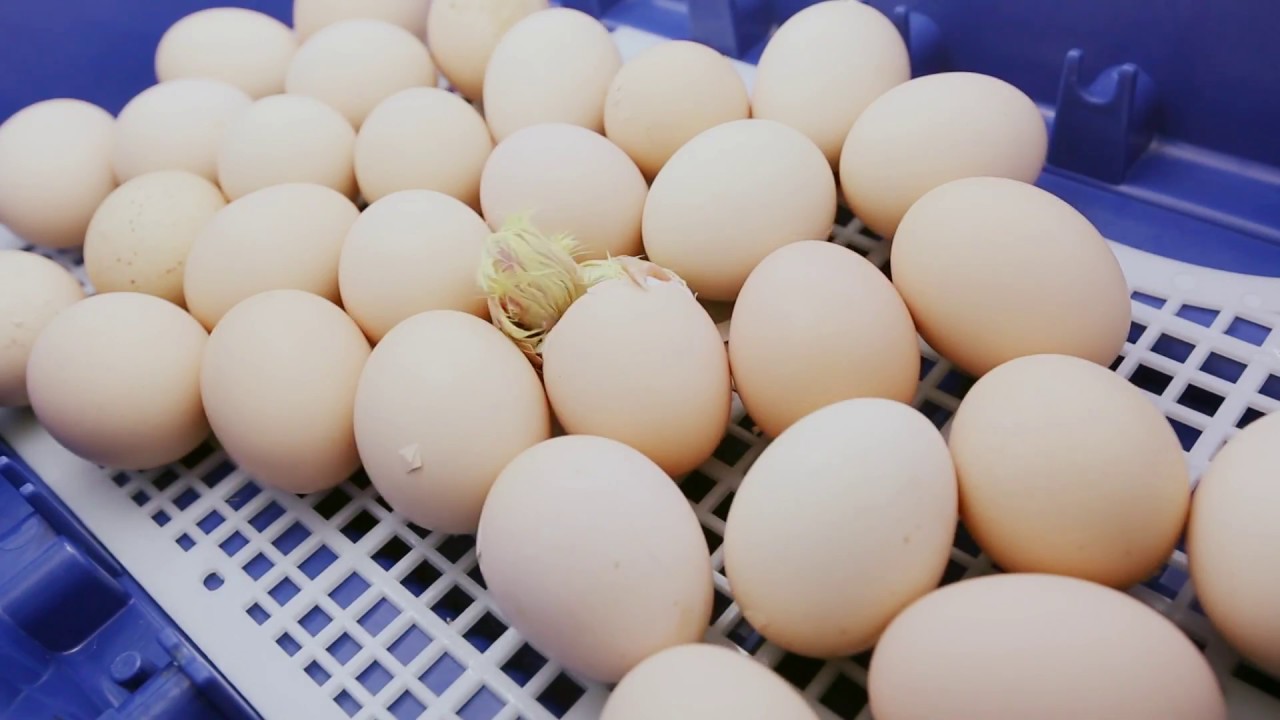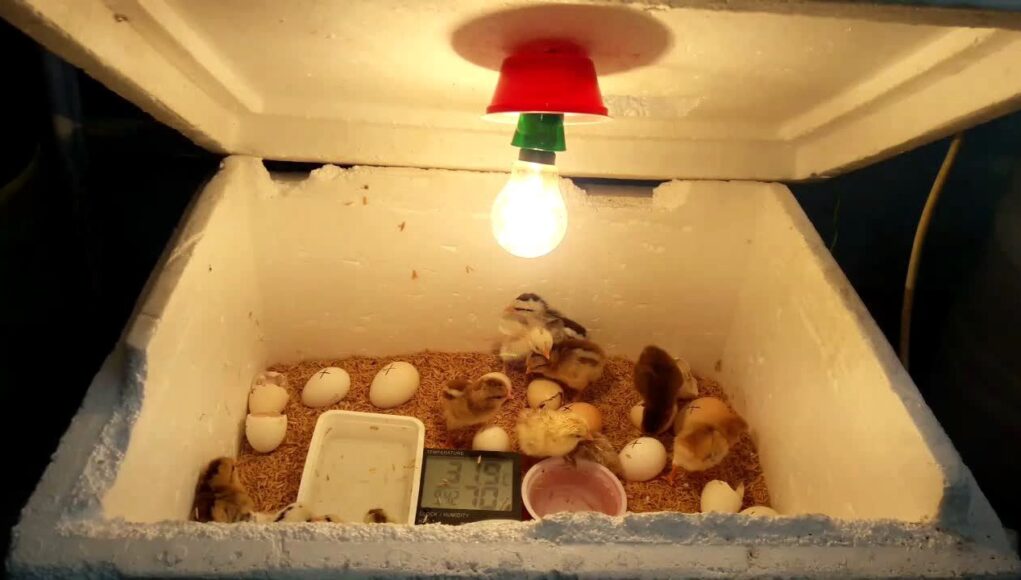Embarking on the journey of learning how to hatch fertile eggs at home can be an exciting and rewarding experience, especially for chicken lovers. With the right guidance, you can successfully hatch and raise healthy chicks right in the comfort of your home. This article will provide a comprehensive guide to ensure you have all the knowledge you need to get started.

Why Consider Hatching Eggs at Home?
Hatching eggs at home offers several benefits. It allows you to witness the miracle of life, helps ensure the health of your chicks, and gives you the opportunity to select specific breeds. By taking control of the hatching process, you can also be sure that your chicks are raised in a healthy and safe environment.
Understanding the Basics of Egg Incubation
What is Egg Incubation?
Egg incubation is the process of maintaining fertilized eggs under controlled conditions to ensure the development of embryos into chicks. This process mimics the natural conditions provided by a hen, including temperature, humidity, and turning of the eggs.
Choosing the Right Equipment
Types of Incubators
There are two main types of incubators: still air and forced air. Still air incubators are generally more affordable but can have uneven temperature distribution. Forced air incubators come with a fan that helps maintain a consistent temperature throughout the incubator, which is crucial for successful hatching.
Where to Buy Incubation Equipment
You can purchase incubators and other necessary equipment from reputable suppliers. For example, an informative resource on how a chicken incubator works can be found online, providing insights into the types of incubators available and their functionality.
Preparing the Incubator
Setting the Temperature and Humidity
The ideal temperature for incubating chicken eggs is between 99.5F and 100F. It’s important to maintain a humidity level of around 50-55% for the first 18 days and increase it to 65-70% during the last few days of incubation. This helps in proper chick development and eases the hatching process.
Selecting and Preparing Fertile Eggs
Where to Find Fertile Eggs
Fertile eggs can be sourced from local farms, poultry suppliers, or even through online breeders. Ensure that the eggs come from healthy hens and have been properly stored before incubation.
Inspecting Eggs for Viability
Before placing eggs in the incubator, inspect them for cracks or deformities. Only use clean and unwashed eggs, as washing can remove the protective bloom and increase the risk of contamination.
Starting the Incubation Process
Placing Eggs in the Incubator
Position the eggs horizontally in the incubator, ensuring there is enough space between them for proper air circulation. Mark one side of each egg with an ‘X’ and the other with an ‘O’ to help track turning.
Maintaining Optimal Conditions
Monitor the incubator’s temperature and humidity regularly. Turn the eggs gently at least three times a day to prevent the embryo from sticking to the shell.
Candling Eggs
What is Candling?
Candling is the process of shining a bright light through an egg to observe the development of the embryo inside. This helps in identifying viable eggs and removing any that are not developing properly.
When to Candle
Candle the eggs around day 7 and again on day 14. Look for signs of development such as visible blood vessels or movement inside the egg.
The Hatching Process
Signs of Hatching
As hatching day approaches, you may hear peeping sounds from inside the eggs. The chick will begin to pip, or break through the shell, which is a good indicator that hatching is imminent.
Assisting with Hatching
It’s important to allow chicks to hatch on their own. However, if a chick is struggling and has not progressed after 24 hours, you may need to gently assist in removing part of the shell.
Caring for Newborn Chicks
Setting Up a Brooder
Once hatched, chicks need a safe and warm environment. Set up a brooder with a heat source, bedding, food, and water. For more on setting up a chick-friendly environment, explore resources like how to give herbs to chicks safely.
Feeding and Watering
Provide the chicks with a starter feed and clean water. Monitor their health closely and ensure they are staying warm and active.
Common Challenges and Solutions
Temperature Fluctuations
Monitor your incubator carefully to avoid temperature fluctuations, as they can affect hatch rates. Regularly check and calibrate your equipment if necessary.
Egg Contamination
Maintain a clean incubator and handle eggs with care to reduce the risk of contamination. Use resources like how to clean a chicken coop naturally for guidance on maintaining a hygienic environment.

Frequently Asked Questions
1. How long does it take for chicken eggs to hatch?
Chicken eggs typically take 21 days to hatch, although this can vary slightly depending on the breed and incubation conditions.
2. Can I hatch eggs without an incubator?
While an incubator provides the best conditions for hatching eggs, it is possible to hatch eggs under a broody hen if you have one available.
3. How can I improve hatch rates?
To improve hatch rates, ensure your incubator is functioning properly, maintain optimal temperature and humidity, and turn the eggs regularly.
Embarking on the journey of hatching your own chicks can be a fulfilling experience. With the right preparation and knowledge, you can successfully raise healthy and happy chicks at home. For more tips on raising chickens, consider exploring resources like natural calcium sources for hens.
This article contains affiliate links. We may earn a commission at no extra cost to you.











